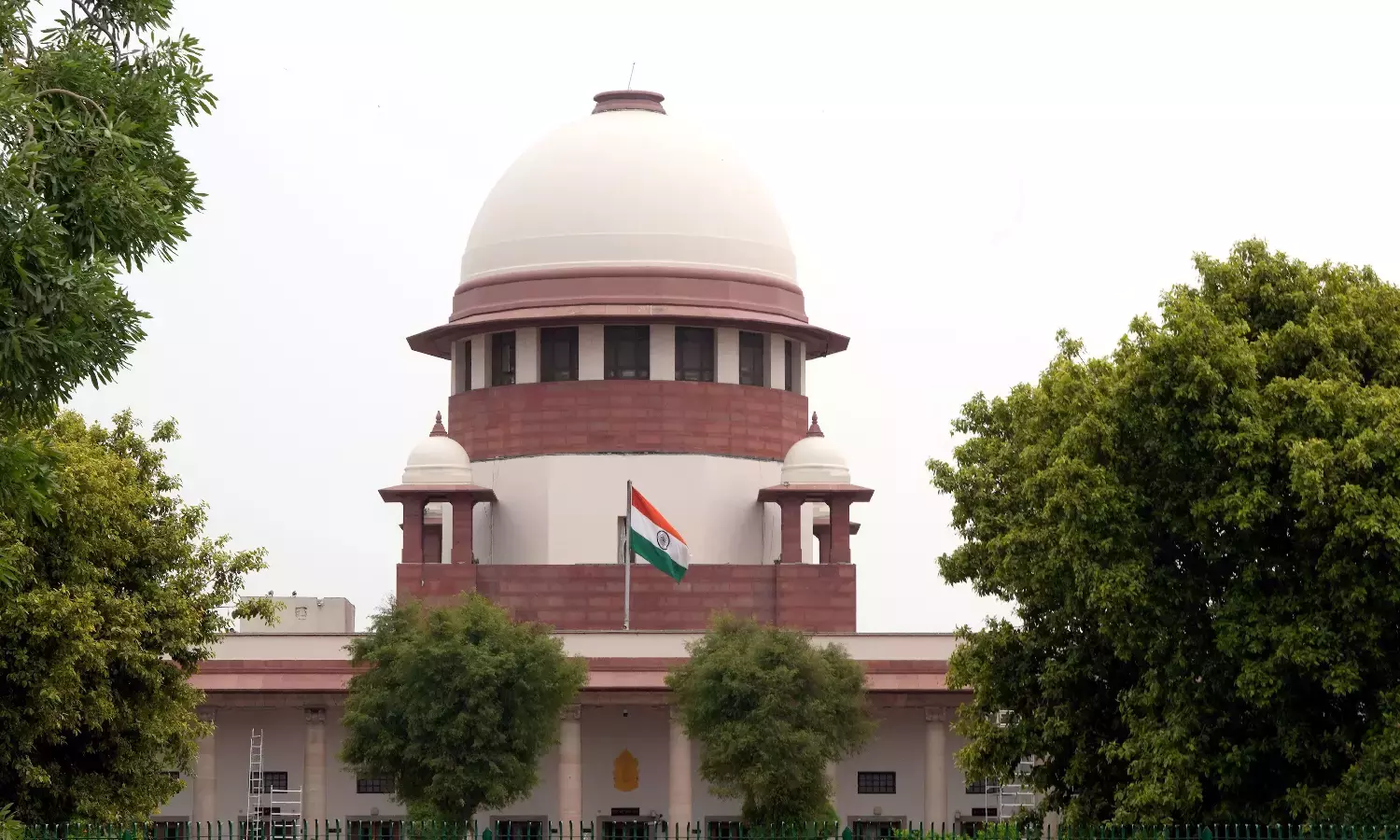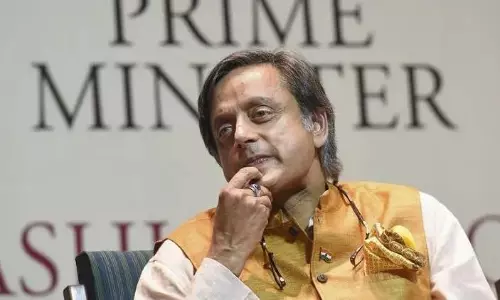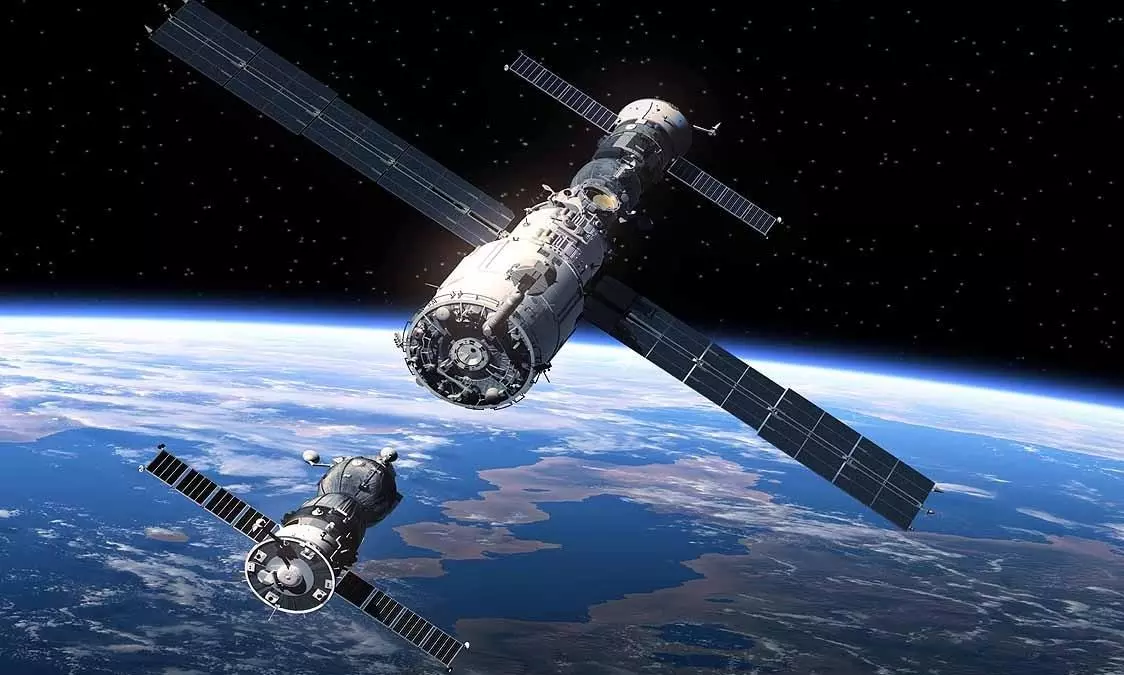
ISRO's SpaDEX mission successfully completes second docking of satellites
text_fieldsNew Delhi: Union Minister Dr Jitendra Singh on Monday announced that the Indian Space Research Organisation (ISRO) has successfully completed the second docking of satellites under its ambitious SpaDEX (Space Docking Experiment) mission.
Sharing the development on X (formerly Twitter), the minister stated, “Glad to inform that the second docking of satellites has been accomplished successfully.” He recalled that the PSLV-C60 carrying the SpaDEX mission was successfully launched on December 30, 2024. The first successful docking occurred on January 16, 2025, at 6:20 a.m., followed by a successful undocking on March 13, 2025, at 9:20 a.m.
He added that further experiments under the mission are scheduled to be conducted over the next two weeks, signaling continued progress in India’s space technology capabilities.
The SpaDEX mission marked a significant milestone for India in January this year. It became the fourth nation in the world, after the United States, Russia, and China, to master space docking technology. The feat was achieved through the successful merging of two small spacecraft, SDX01 (the Chaser) and SDX02 (the Target), each weighing approximately 220 kg. These satellites, part of ISRO’s SpaDEX mission, were launched aboard the PSLV-C60 rocket from Sriharikota.
Union Minister Dr Jitendra Singh announced that ISRO has successfully completed the second docking of satellites under its pioneering SpaDEX (Space Docking Experiment) mission, marking a major leap in India's space technology capabilities.This indigenous system includes a docking mechanism, a set of four rendezvous and docking sensors, inter-satellite communication links (ISL) for autonomous interaction between spacecraft, power transfer technology, and a novel autonomous rendezvous and docking strategy embedded with inbuilt intelligence to determine the state and position of the other satellite.
The successful demonstration of orbital docking is a crucial step toward enabling future space missions such as human spaceflight, satellite servicing, and the establishment of India’s own space station. It is also vital for India’s upcoming interplanetary ventures, including Chandrayaan-4 and other lunar missions, especially those intended to operate without the support of Earth-based GNSS (Global Navigation Satellite System).
With SpaDEX, ISRO not only showcases its growing technological prowess but also firmly positions India in the league of elite spacefaring nations capable of autonomous orbital operations.
With IANS inputs
























